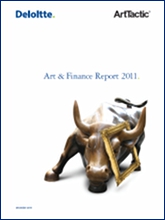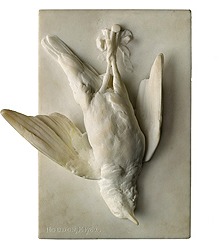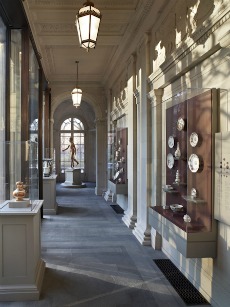I always feel like Scrooge when I report on situations like that of the Fayetteville Museum of Art, in North Carolina, but in the long run it’s better to publicize troubles, in hopes that other cities may avoid the same ones.
 The 40-year-old museum, which ran into expansion problems, is about to be dissolved, according to the Fayetteville Observer. The board is expected to vote on that as early as this week.
The 40-year-old museum, which ran into expansion problems, is about to be dissolved, according to the Fayetteville Observer. The board is expected to vote on that as early as this week.
The museum sold what it could of its permanent collection in September and used those proceeds to pay off some of its debts. The land and building, put on the market for $1.25 million in 2008, fetched just $250,000. It was purchased by a wedding photographer who plans to turn it into a wedding and events space.
This is a tale of over-enthusiasm, which is where Scrooge comes in.
I wish there were a Ghost of Museums Yet to Come to turn this tale around, but there just isn’t. Even the museum’s website is gone. But hope springs eternal. According to the Observer, “proceeds from the sale of remaining artwork will go to an endowment at the Cumberland Community Foundation for use by a future art museum entity. A task force is forming to help lay groundwork for such an organization, [Mac] Healy [the board president] said.”

 I shouldn’t have been surprised, I guess — not in an age when, according to an
I shouldn’t have been surprised, I guess — not in an age when, according to an For example, while the exact same percentage of advisors and collectors said that “Investment returns” were important or very important — 48.8 percent — art advisors overestimated by a mile the “social value” and art’s function as an “inflation hedge,” and they underestimated the “emotional value” and the “tax” and “portability” values of art. Are art collectors planning to flee something? 23.1% said portability was important or very important in buying art.
For example, while the exact same percentage of advisors and collectors said that “Investment returns” were important or very important — 48.8 percent — art advisors overestimated by a mile the “social value” and art’s function as an “inflation hedge,” and they underestimated the “emotional value” and the “tax” and “portability” values of art. Are art collectors planning to flee something? 23.1% said portability was important or very important in buying art.  The Frick Collection* has wanted to expand for a long time. In the not-too-distant past, it had its eyes on the ex-Salander O’Reilly Gallery that closed in a flameout a couple of years back. The gorgeous
The Frick Collection* has wanted to expand for a long time. In the not-too-distant past, it had its eyes on the ex-Salander O’Reilly Gallery that closed in a flameout a couple of years back. The gorgeous  Frick had intended to put his growing sculpture collection in the portico gallery, but the Frick under just-departed director Anne Poulet also added to its decorative arts collection, and the new gallery will house both. It opens with a decorative arts show, an exhibition of Meissen porcelain that are a promised gift from Henry Arnhold —
Frick had intended to put his growing sculpture collection in the portico gallery, but the Frick under just-departed director Anne Poulet also added to its decorative arts collection, and the new gallery will house both. It opens with a decorative arts show, an exhibition of Meissen porcelain that are a promised gift from Henry Arnhold — 